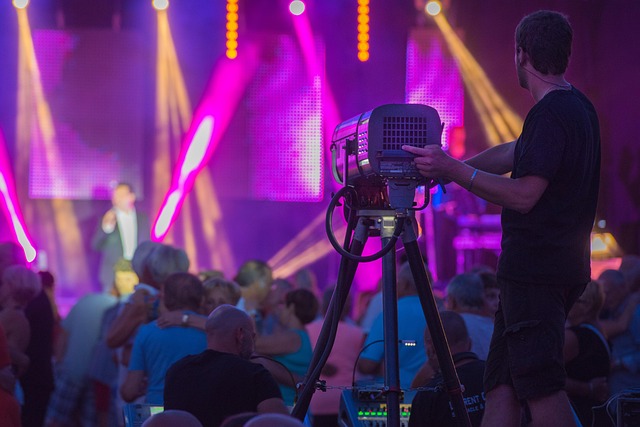The world of theatre has an undeniable allure, one that captivates audiences and performers alike. At the heart of this enchanting realm lies an often-overlooked element that holds profound significance—the stage mask. Used across various performance art forms, from theatre and cinema to concerts and festivals, these masks serve as powerful symbols, embodying emotions, and transcending cultural barriers.
The stage mask has been a vital tool in storytelling, allowing performers to express a range of complex emotions without uttering a single word. The painted features of a mask can convey joy, sorrow, anger, or mystery, enabling actors to delve deeper into their characters. As audiences, we often find ourselves entranced, our own emotions mirroring those displayed through the mask. In this way, the stage mask transcends the mere act of performance; it creates a connection between the performer and the viewer, enabling shared experiences and evoking empathy.
Within the broader landscape of the entertainment industry, the influence of masks extends beyond the stage. During music festivals and concerts, artists often use elements of visual performance, including masks, to enhance their artistic expression. Consider the awe-inspiring performances of larger-than-life bands or solo artists who incorporate masked personas. These visuals not only heighten the theatricality of their shows but also create an enigmatic ambiance that amplifies the audience’s excitement and engagement.
Festivals, too, have embraced the power of the stage mask. Many cultural celebrations feature street performers and actors wearing intricate masks that reflect the heritage and stories of their communities. These events become a vibrant tapestry of colors, textures, and emotions, allowing attendees to lose themselves in a world where imagination reigns supreme. The masks worn during these performances serve as conduits, connecting the audience to a narrative—whether it’s joy, celebration, or solemn reflection.
In the realm of cinema, the impact of the stage mask is equally profound. Think of iconic characters who donned masks to embody their alter ego, like the enigmatic Phantom of the Opera or the chilling visage of Michael Myers. These characters remind us that masks can evoke not only beauty and wonder but also fear and suspense, demonstrating the versatile nature of masking in storytelling. Through the lens of cinema, audiences experience intense emotions, navigating the complexities of human nature revealed through these masked personas.
In addition to their visual appeal, stage masks also challenge the norms of identity in the creative landscape. Circle back to the music industry, where artists use masks to express rebellion, question societal norms, or embrace anonymity. The anonymity provided by the mask often liberates artists from the constraints of their public personas, allowing for genuine self-expression and experimentation. This duality of appearance and identity resonates with listeners, encouraging forays into deeper self-reflection.
Ultimately, the stage mask is more than just an accessory in theatre; it is a multifaceted tool that enhances storytelling across various art forms. From the grandiosity of theatres to the intimate settings of concerts and the cultural richness of festivals, these masks hold the power to captivate, challenge, and transport us. Whether we don the mask ourselves, or simply admire from the audience, we delve into realms of imagination, reflecting on our shared humanity. It’s a timeless reminder that behind every mask lies a story waiting to be told.



